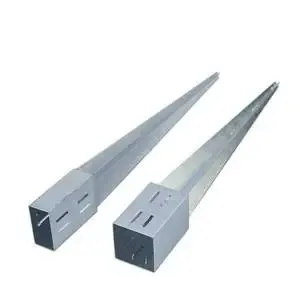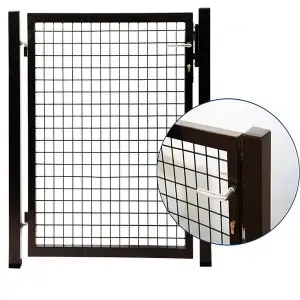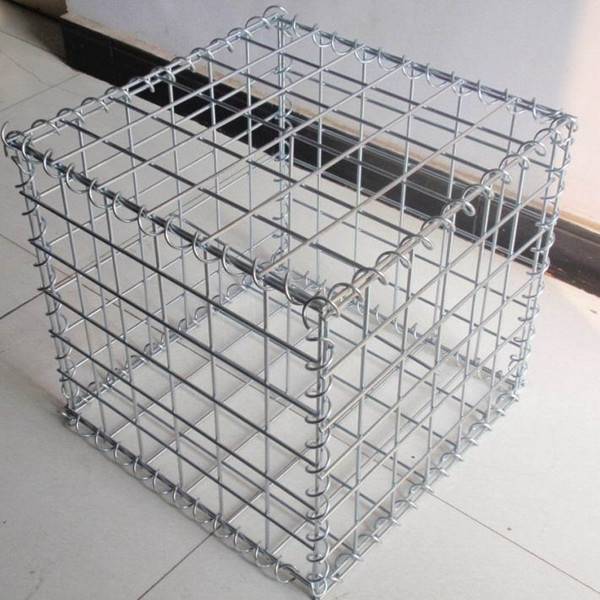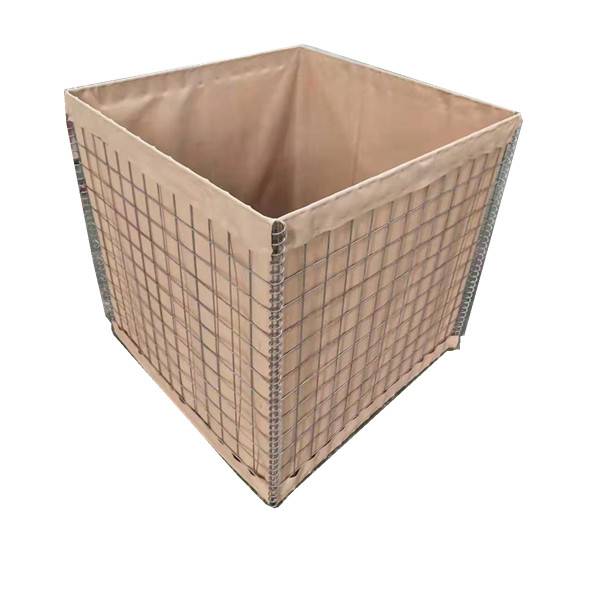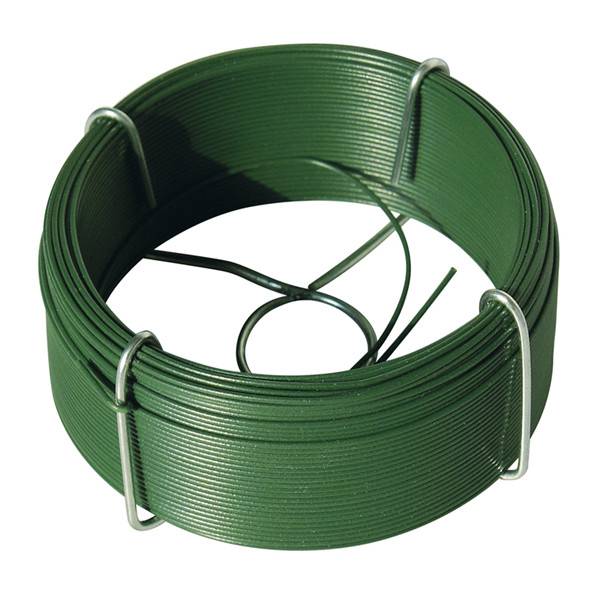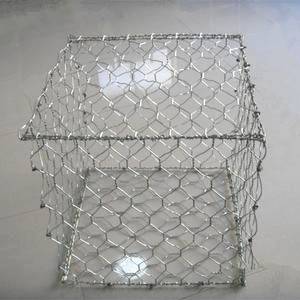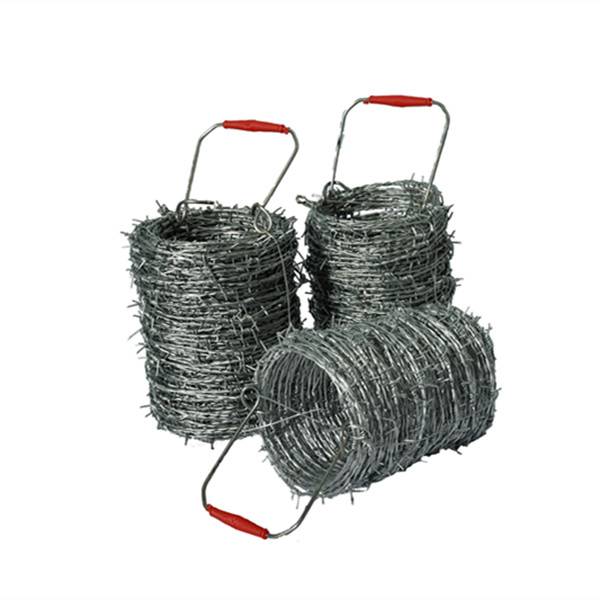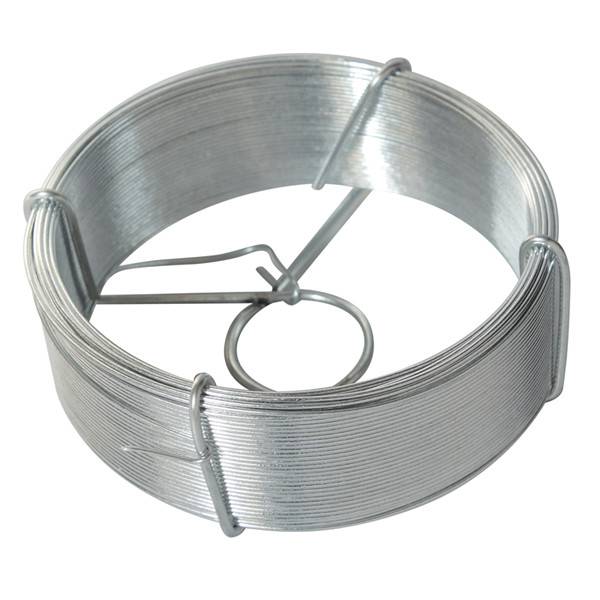
Dec . 27, 2024 16:36 Back to list
stock mesh fencing
Understanding Stock Mesh Fencing A Comprehensive Guide
Stock mesh fencing, commonly used in agricultural settings, plays a crucial role in the management and protection of livestock. This type of fencing is designed to provide a secure barrier, preventing animals from escaping and protecting them from potential predators. In this article, we will explore the features, benefits, types, and installation processes of stock mesh fencing, along with its applications in farming and beyond.
What is Stock Mesh Fencing?
Stock mesh fencing typically consists of a network of wire strands woven into a mesh pattern, often supported by wooden or steel posts. The mesh is designed to withstand the physical pressures exerted by animals, making it a durable choice for containing livestock such as cattle, sheep, pigs, and horses. The design of the mesh varies, with different sizes of openings tailored to accommodate the specific needs of various animal types.
Key Features and Benefits
1. Durability Stock mesh fencing is made from high-quality materials, often galvanized steel, which provides resistance to rust and weather conditions. This ensures a long lifespan, reducing the need for frequent repairs or replacements.
2. Versatility Available in various heights and gauges, stock mesh fencing can be used in different contexts, from small farms to large ranches, and can accommodate a wide range of livestock.
3. Security By creating a physical barrier, stock mesh fencing helps prevent animals from wandering off and getting lost or injured. Additionally, it serves as protection against wild animals and potential threats.
4. Visibility Unlike solid fencing materials, stock mesh fencing offers visibility, allowing farmers to easily monitor their animals and assess the condition of the pasture without having to enter the enclosure.
5. Cost-Effective Considering its durability and low maintenance requirements, stock mesh fencing represents a cost-effective solution for livestock management over the long term.
Types of Stock Mesh Fencing
Stock mesh fencing comes in various designs, each suited to different applications
stock mesh fencing
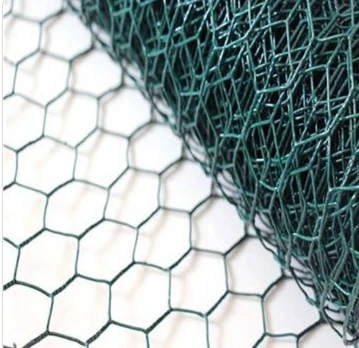
- Horizontal Wire Fencing This type consists of horizontal wires spaced at intervals that accommodate different animal sizes. It's common in cattle farming due to its strength.
- Field Fencing Made with fixed mesh and often used for sheep and goats, field fencing has vertical stays that maintain the structure, preventing animals from squeezing through.
- Welded Wire Fencing This type is made by welding the wires at intersections, creating a strong and stable fence that's ideal for both livestock and garden protection.
Installation Process
Installing stock mesh fencing requires careful planning and execution. Here are the key steps involved
1. Planning Determine the area where the fence will be installed, including the type of livestock to be contained and the specific fencing requirements.
2. Materials Gather necessary materials, including stock mesh, posts (wooden or metal), fencing clips or ties, and tools like fencing pliers and a post driver.
3. Post Installation Begin by marking the locations for the fence posts, typically spaced 6 to 8 feet apart. Dig holes for the posts, ensuring they are deep enough for stability, and set them in concrete for added strength.
4. Attaching the Mesh Once the posts are securely in place, start attaching the stock mesh fencing to the posts. This can be done using clips or ties, ensuring that the mesh is taut and free of sagging.
5. Finishing Touches Check the entire fence for integrity and make necessary adjustments. Consider adding a top rail for extra reinforcement or barbed wire on top for additional security, particularly for larger livestock.
Conclusion
Stock mesh fencing is an essential component for effective livestock management. With its durability, versatility, and security features, it caters to various agricultural needs. Understanding its applications and proper installation methods can help farmers effectively contain their animals while maintaining the integrity of their land. Whether for a small farm or a large cattle ranch, stock mesh fencing proves to be an indispensable investment in the world of agriculture.
-
Why a Chain Link Fence is the Right Choice
NewsJul.09,2025
-
Upgrade Your Fencing with High-Quality Coated Chicken Wire
NewsJul.09,2025
-
The Power of Fence Post Spikes
NewsJul.09,2025
-
The Best Pet Enclosures for Every Need
NewsJul.09,2025
-
Secure Your Property with Premium Barbed Wire Solutions
NewsJul.09,2025
-
Enhance Your Construction Projects with Quality Gabion Boxes
NewsJul.09,2025
Products categories




